It’s algorithmic, generative 70s sci-fi pulp, courtesy OpenAI. Artist Lewis tells us about how it was done. Meanwhile, see how many friends will pretend to have heard of Neytiri A. Quaritch’s pioneering tome, Green Glass is the Color of the Wind.
Whether you’re a hardcore sci-fi fan or have just been rummaging 70s paperbacks at a flea market, I’ll give you a moment to just soak this in before we get into the explanation of the machine learning techniques behind the scenes. I had to clean up some coffee I chortled out my nose.
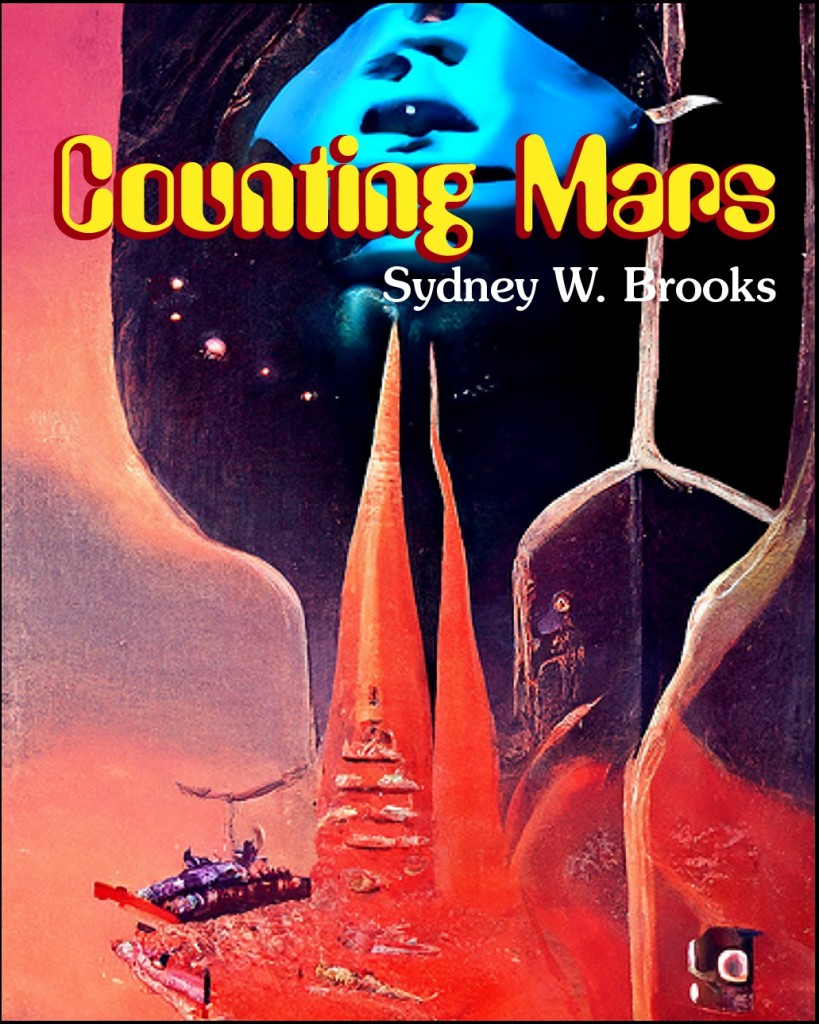

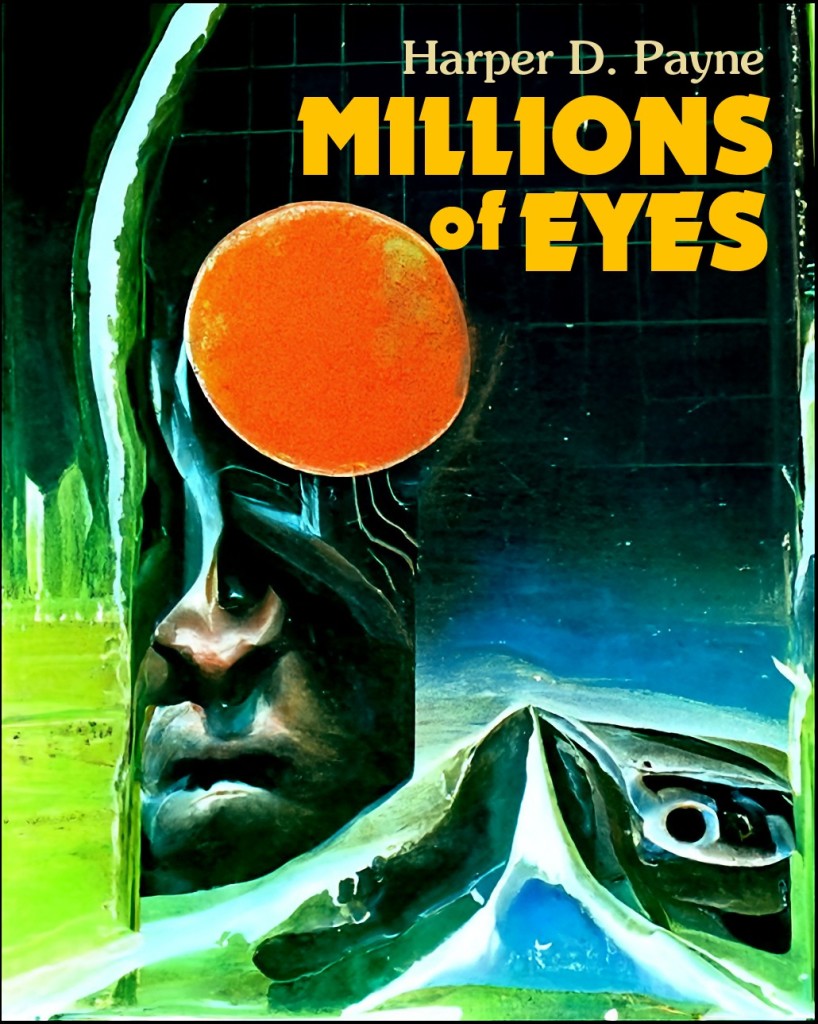
The way a lot of press gets this wrong, of course, is to say things like “the AI made some sci-fi book covers.” Even as these algorithms get a lot more sophisticated than averaged pixels or a Markov chain, they are still just algorithms, lacking in agency, albeit with enormous data sets as source material. In turn, though, that makes some of the aesthetic peculiarities they generate all the more interesting, and means that it’s helpful to understand them as generative tools in the hands of artists. They’re the outcome of a lot of human effort in mathematics, code, and ultimately human choice, even if that last bit upsets those in search of general artificial intelligence.
Lewis Hackett is that artist, and cleverly selected what we’re seeing, combining a graphics technique called Clip Guided Diffusion for the imagery with familiar GPT3 techniques for the titles. And he’s done a great job selecting the results and aping the typography style by hand.
Lewis explains his process to CDM; I’ve added links to the relevant machine learning notebooks and code:
I’ve been experimenting with various Google Colab notebooks to see how I can incorporate AI / GAN [Generative Adverserial Networks] techniques into my creative workflows, both for idea generation and for finding interesting ways to use them conceptually.
When exploring CLIP guided diffusion notebooks I came across ‘nshepperd’s JAX CLIP Guided Diffusion v2.3‘ which is based on Katherine Crowson‘s CLIP guided diffusion notebook. I’m a huge fan of 70s sci-fi artwork and tried various prompts around the theme of ’70s sci-fi book cover artwork’ which already produced some amazing results. I fine-tuned the prompt and ran off a batch of about 100 variations with different seed values.
Next, I started testing out OpenAI’s GPT-3 since it became publicly accessible in November 2021. I opened up a chat conversation and asked it for ‘title ideas for my science fiction novel’, and followed up with other queries such as ‘something more mysterious’ or ‘something less obvious’ until it started giving me interesting titles. I repeated the same process but instead asked it for fake author names.
Once I had the titles and authors, I used these to help curate the final collection of generated artworks and created the typography using popular fonts from the 70s. I also used Waifu2X to upscale the artworks since they were originally generated in low resolution. I think the final outputs are fascinating because they convey that same sense of mystery that book cover artists use to get people to pick them up and read them.
I’m equally interested in the concept of having a complete product generated with AI techniques. Even though it required my input and curation, I expect that this might lessen over time as the technologies advance and we finally get to see the electric sheep that androids dream about,
I tend to be allergic to the idea that technology will advance, but there’s some concrete reason to believe he might be correct about AI-generated work – partly because you could train the AI to self-direct some of the curation he describes. You still might have to give an end goal, but the process could theoretically involve at least less intervention. It’s an intriguing question.
Meanwhile, these covers are just… hilarious. And given that we’ve had a couple of generations of tools giving us fairly obvious choices in toolsets, they also illustrate a world in which creative art tools might be a lot … well, trippier than they are now.*
On the topic of GPT-3, here’s some essential reading by AI journalist Will Douglas Heaven of MIT Technology Review:
The new version of GPT-3 is much better behaved (and should be less toxic)
More – enjoy!
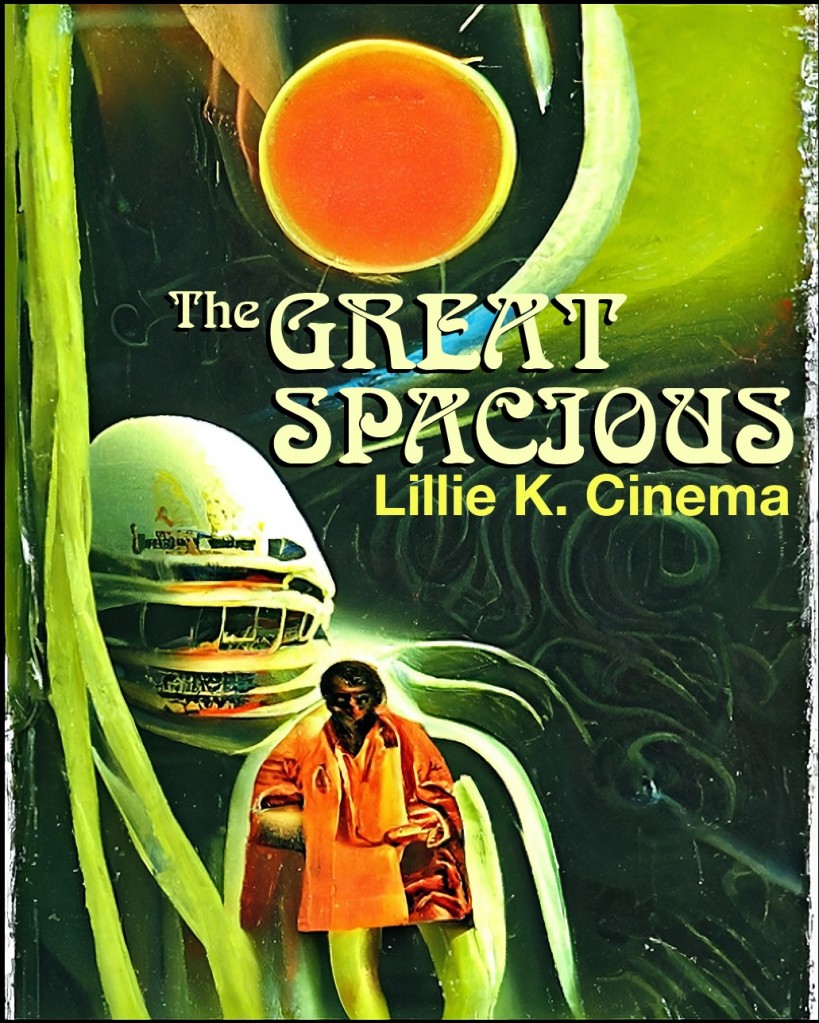
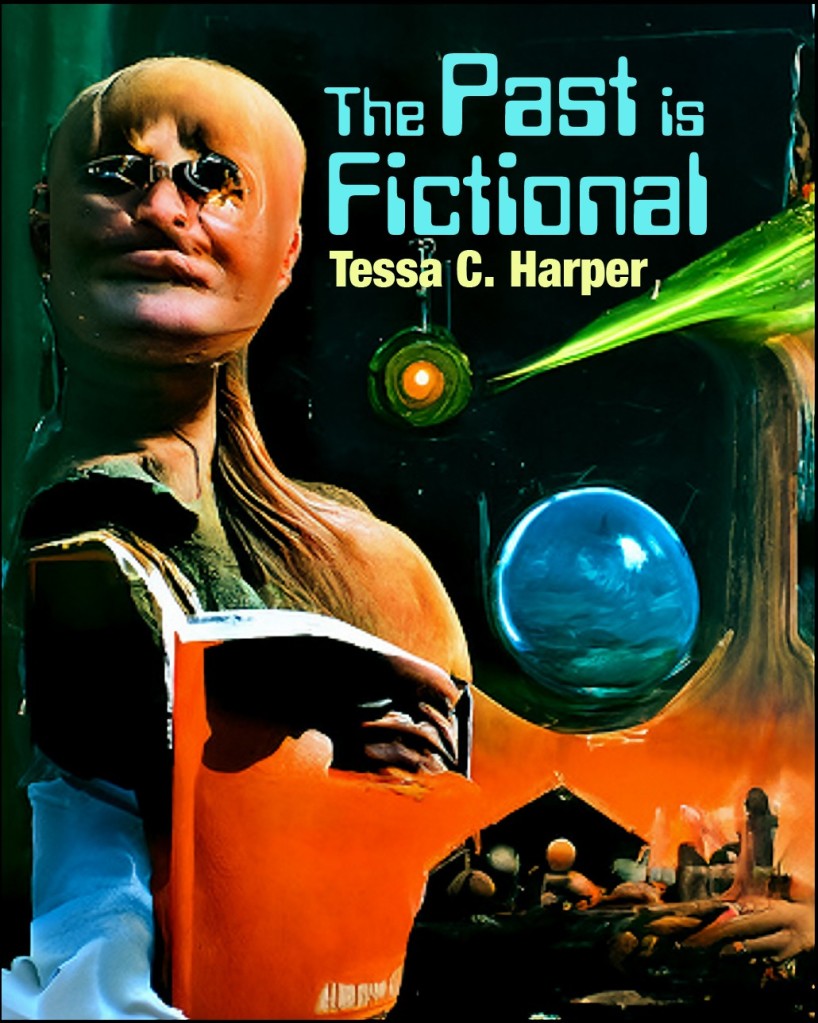
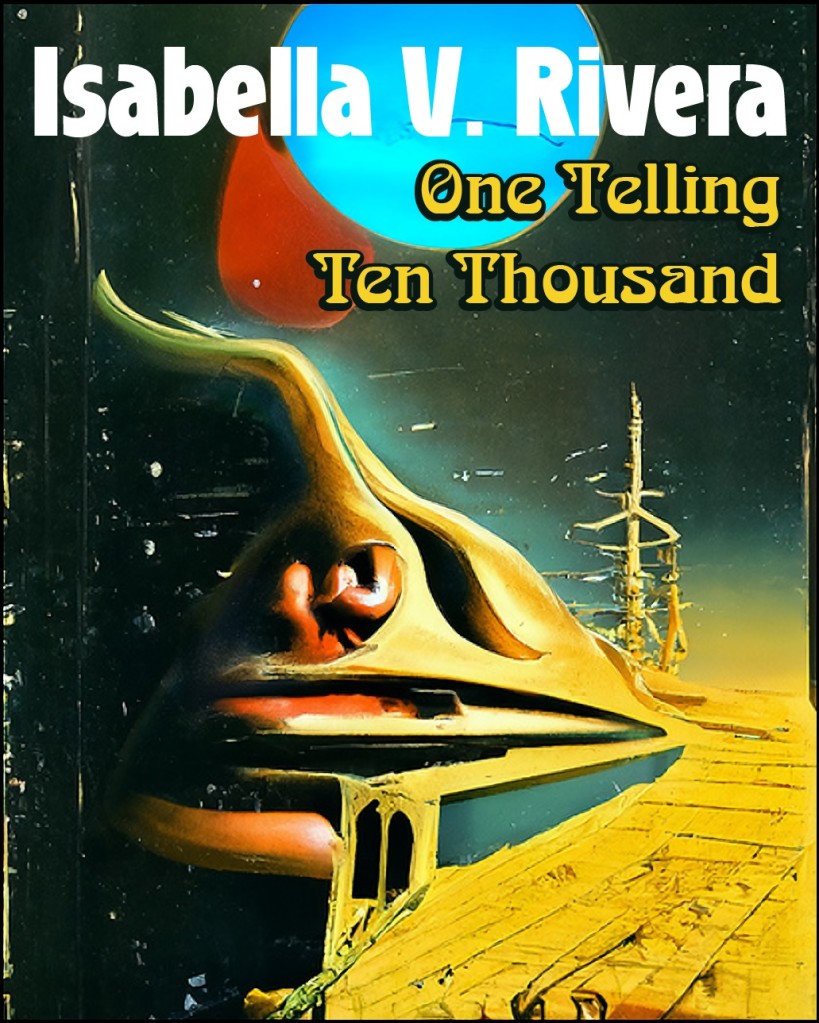
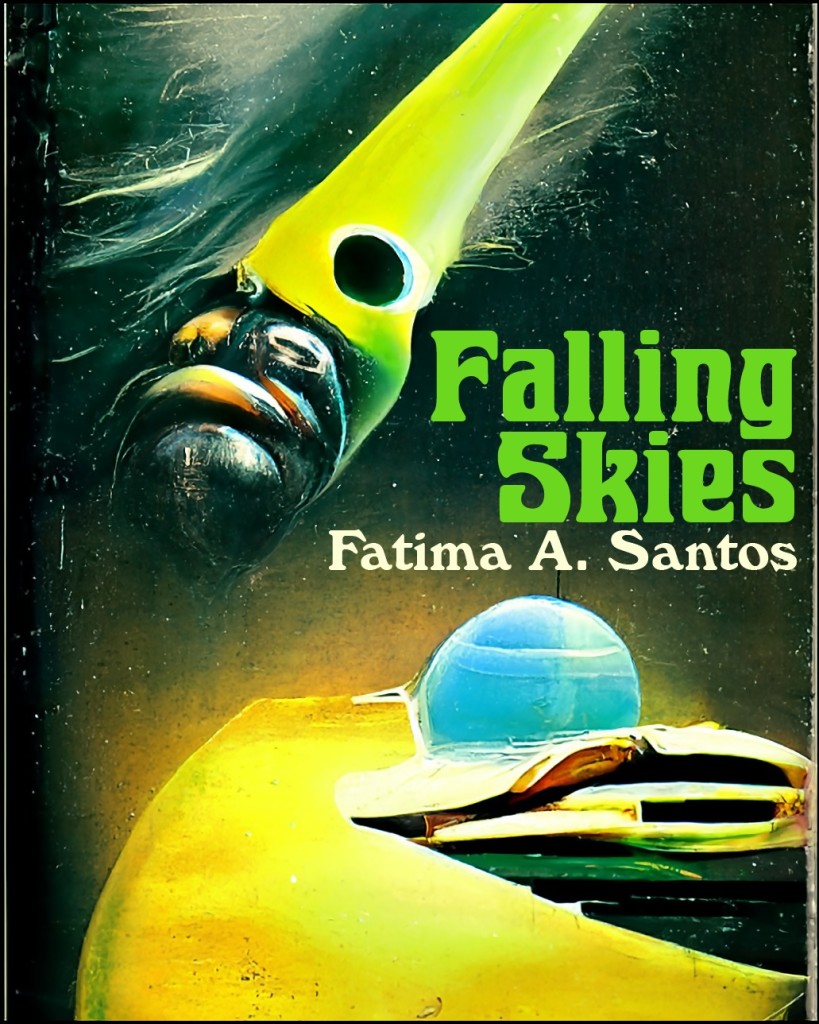
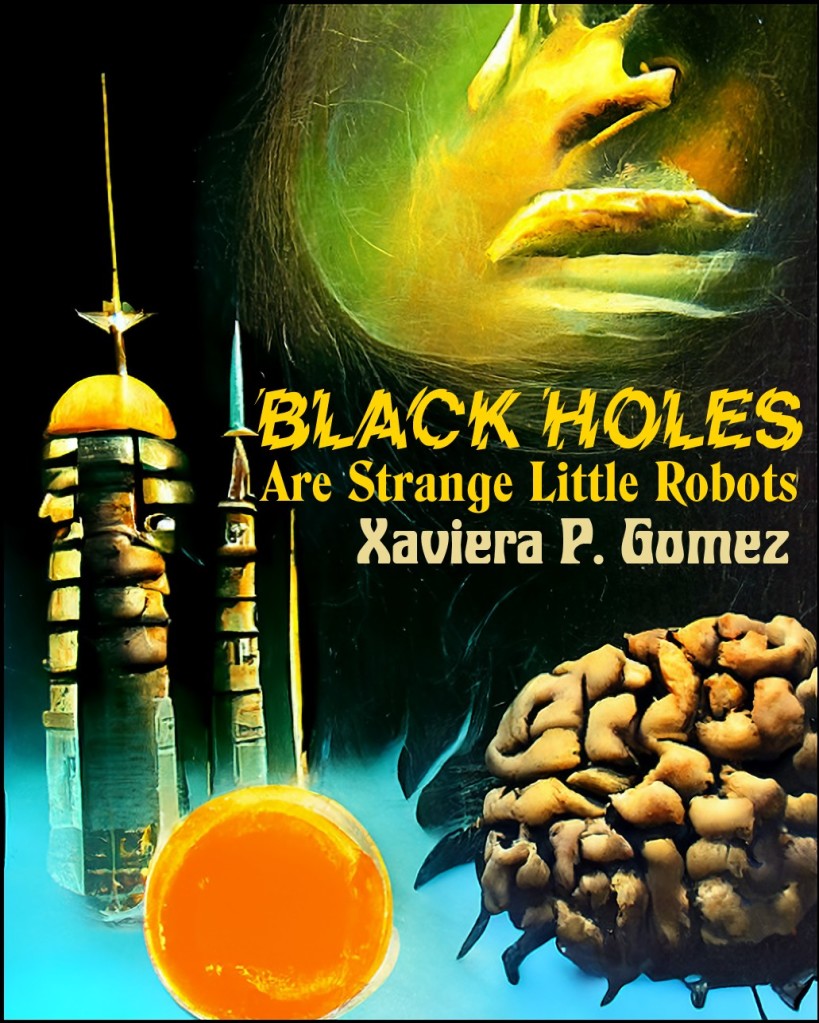

Follow Lewis on Twitter.
Bonus round:
Seen previously doing beautiful things with Unity.
I wonder what a Kai’s Power Tools would look like powered by these kinds of AI techniques instead of the fractal and channel operation techniques developer Kai Krause used to create branching possibility trees. Kids, ask your parents or Wikipedia. Speaking of blast-from-the-90s… KPT is now in PaintShop Pro, sold by Corel, in a new version. PaintShop Pro? Kai? Corel? Now there’s a name I haven’t… Oh yeah, and it also has AI, so there you go.